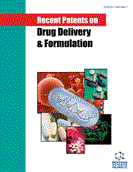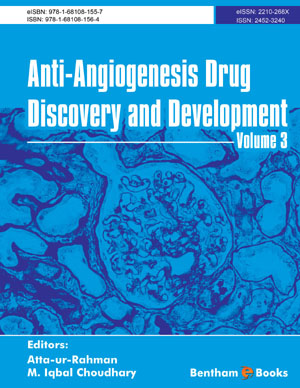Abstract
This introductory chapter reviews the history of nanotechnology and its
benefits and challenges in the pharmaceutical field. In general, the chapter summarizes
the types of nanoparticles and the techniques used to formulate nanoparticles. In detail,
it discusses the principle of nanotechnology in improving solubility and dissolution rate.
It discusses and describes different types of nanoparticles, including polymeric, metallic
nanoparticles, and other types, such as solid lipid nanoparticles (SLN) and liposomes.
Nanosization can be performed by various techniques, including top-down, bottom-up,
and combination techniques. The method of these techniques has been discussed in this
chapter. One of the disadvantages of nanoparticles is their stability. Nanoparticles suffer
from various types of instability problems, including aggregation, sedimentation, and
crystal growth. Therefore, in this chapter, the authors discuss the problem of stabilization
of nanoparticles and describe the different pathways of physical instability and the
mechanism of stabilizers to stabilize the colloidal system. Finally, the importance of
herbs and natural products in the medical field and how the use of nanotechnology
addresses various drawbacks of herbal products are also discussed.
Keywords: Aggregation, Crystal growth, Dissolution rate, Herbal nanoparticles, Herbal Stabilizer, Liposomes, Marketed nanoparticle products, Metallic nanoparticles, Solid lipid nanoparticles, Solubility, Stability, Stabilization.






















